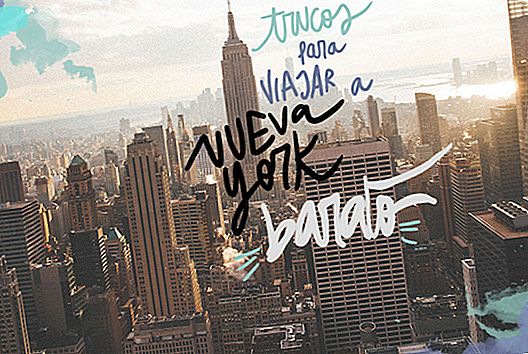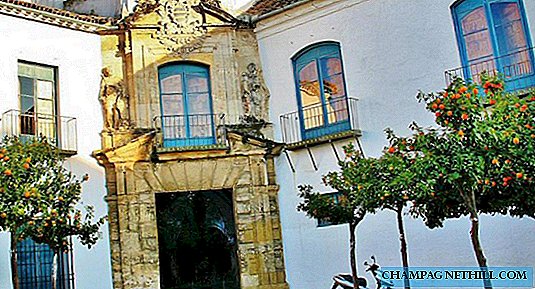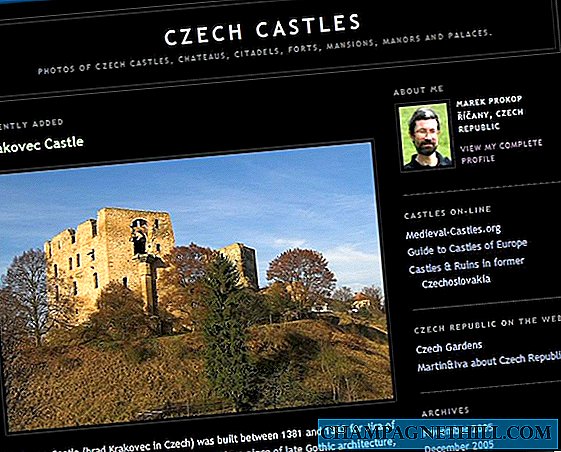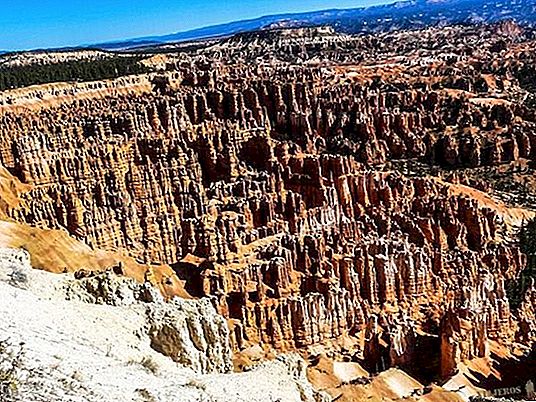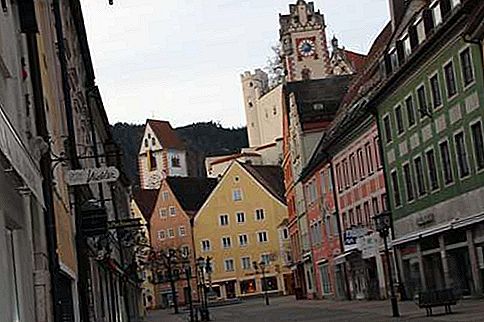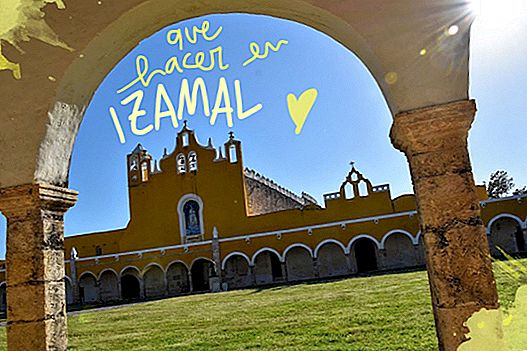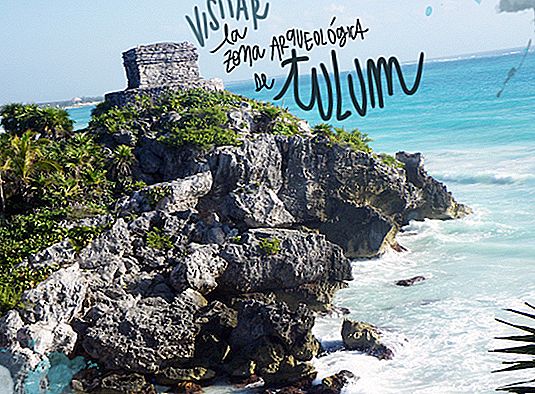
The archaeological zone of Tulum It was the most important Mayan city in the state of Quintana Roo. It was one of the largest inhabited centers at the arrival of the Spaniards in 1518 (although it was not long before turning it into ruins), and today it is undoubtedly the main tourist attraction on the entire east coast of the Yucatan Peninsula. In this guide we tell you how to visit the archaeological zone of Tulum, with practical information and advice.
Of the entire Mayan world, this city is one of the most recent, as it had its peak after the fall of the other major cities in the region: Chichen Itza and Mayapán, between 1250 and 1550. Unlike the latter, Tulum was inhabited at the time of the arrival of the Hispanic navigators, and it was from then on that their decline began.
His original name was Zama ("Dawn") and is due to its location on the beachfront, being the first place where the sun's rays hit in the morning. This proximity to the sea also allowed him to dominate the maritime trade, this being one of his main activities. The city of Tulum was dedicated to the planet Venus, related to the Descending God, so we can see its image on the facades of some buildings, such as the Temple of the Descending God.
It was a modern city, surrounded by a strong wall that protected it and organized in streets, where buildings of different uses were distributed (residential, religious, civil ...). Of all its structures, the most important is known as El Castillo, right on the cliff, although there are other prominent examples of wall painting and decoration.
* Video from inah.gob.mx
There are two places where you can leave your car to visit the Archaeological Zone of Tulum: at the new entrance, which is on the road to Cancun and Playa del Carmen, and the old road, which passes through the beaches.
In the first one there is a fairly large parking business, when you arrive you will see many people beckoning you to park on their land, until you reach a roundabout, about 800 meters from the entrance, where you can no longer move on with the car. The car parks here range from 50 pesos to 180 pesos !! Crazy, yes. Then, if you do not want to walk the almost km to the entrance there is a little train that takes you for 20 pesos. Both parking and train are independent businesses to the archaeological site.
So what we recommend and what we did is arrive on the beach road. Next to Santa Fe Beach there is a checkpoint with a barrier, prohibiting the passage of cars. But just before (between this checkpoint and the detour to Playa Santa Fe) on the right bank, you can park the car at no cost. The rest of the way is done on foot to the entrance (it is about 400 meters) and the good thing is that you will end the visit to the Archaeological Zone very close to here. You save parking and the train (or walk more!).
On this map you will see the points with this info:
Once you have left the car on the beach road, you pass the south access checkpoint and continue walking for about 400 meters to the box office. There you buy your ticket (and possibly meet one of the most common inhabitants of this place, the coatí) and start the visit.
Although in other sites the ideal is to go directly to the main ruin, to enjoy it with fewer people, in Tulum it is more complicated, because the recommended route is in the form of a loop. This means that if you go first to the Castle, then you will have to return to visit other ruins and later, retrace your steps ...
The visit starts walking north, the path becomes pleasant, always traveling in the shade of the trees. Until you find a first fork. We recommend you continue on the right side and cross the wall to visit the North House. Then you can head across the meadow to the Cenote House, or cross the wall again and make the road outside.
The Cenote House It is the northern end of the site, and quite interesting. Next on a promontory rises a small tower facing the sea, the House of the Wind God. This is one of Tulum's images, although to get the best view you have to keep going, we will tell you later.
Now you will have to circle a small cove to enter again into the enclosure. You will be in one of the avenues of the old city, where you can see on your right the Grand palace and the House of the Columns, and to your left at the bottom, just adjacent to the Castle, the Temple of the Descending Sun, with its peculiar relief.
It's time to turn to the great protagonist: the castle. It can be surrounded by the part that overlooks the sea, to contemplate it from all sides, although you cannot climb to its ruins, as in any of the buildings of this enclosure. If you go to the back, you will have a splendid viewpoint of the House of the Wind God, of the small cove and of the sea, the one that we told you before. Next there are some stairs that go down to the famous Beach, where you can quietly take a bath.
With bath or not, what you can not miss is the visit to the lookouts. If you follow the path that runs along the coast line to the south there are several points from which to get the best views of the Castle by the sea. When we visited it there was quite a sargassum and the tides were strong, so the color of the sea was not what we had seen in other photos! Pity! But well, we liked it equally.
Leaving the Castle at your back we set course for the exit. But first stand in front of the Temple of the Frescoes and contemplates its decorated walls, and next to itChultún House. From here if you have more energy and desire, you can make the great avenue again to the north (you will see the other facade of the Grand Palace and the House of Columns). Or head towards the exit, through a small path that crosses the wall and leaves you on the southern access road.
The entrance to the archaeological zone of Tulum is 75 pesos.
These are the most important buildings in Tulum:
Ramparts
It is an element not very common in the Mayan cities, in this case they delimited the one known as Ceremonial Site for its north, south and west faces, since the east side was protected by the Caribbean Sea. In all its length five accesses are opened, we will cross two of them on our route, and two watchtowers in their corners.
Cenote House
It is a building built on the cave that overlooks a cenote, we already know the ritual importance of these natural water deposits in the Mayan culture. Apparently it was also used as a grave.
Temple of the Wind God
The Wind God was revered in many places throughout Mesoamerica. In Mayan culture he is related to Kukulkan, and this temple was dedicated to him. Its main feature is its circular basement, on which this small temple was built. In addition to its location, along with the Castle, it is the most famous postcard in Tulum.
Palace of the Great Lord
It was the place where the most important inhabitants of the community lived, among them obviously the Great Lord, or "Halach uinik" and his family. You can differentiate several rooms and columns.
House of the Columns
It is one of the largest structure of the enclosure, built on an L-shaped base. In its main entrance the columns that give it its name are still preserved. It was a palace where commercial agreements were signed.
Temple of the Descending God
This little temple is one of the most beautiful in Tulum. Its name is due to the sculpture of a figure with wings that is descending from the sky. We see the representation of this god with a headdress, legs open up and arms down, holding an object in his hands. You can see it in the lintel of its main door. The construction of the temple presents a curious asymmetry and in its time was completely decorated by wall paintings, which unfortunately have been lost.
The castle
It is the tallest structure in Tulum, and the most important. It was built on a rock from where both the Caribbean Sea and the interior dominated. It has a large central staircase, on whose sides there are two small temples where offerings were used to make. The upper structure was the place where religious rites were performed. The back is the one that overlooks the Caribbean Sea
As you can see, it is an impressive building, which served as a guide for ships approaching the coast. In Mexico is the second longest barrier reef in the world and there were few ships that were shipwrecked trying to dodge it. The Castle functioned as a lighthouse (during the night it seemed to be lit with torches) to indicate to the boats the place where they should turn to take the channel that opened in the reef.
Temple of the Frescoes
In its internal walls a series of mural paintings that represent supernatural beings from the Underworld are preserved. They constitute one of the most important examples of Mayan mural painting. The outer part of the temple is decorated with masks of the god Itzamná.
Here are some recommendations to enjoy 100% of your visit to Tulum:
- We always recommend getting to the archaeological sites as soon as possible, but this time even more! These ruins are one of the star stops of the tours that are made from Playa del Carmen, so there will come a time when all buses begin to arrive and will be full of people. Also if you want to park as close as possible, come early It gives you more options!
- His schedule It is from 08:00 to 17:00, we arrived at the southern access at 07:45 and there were only 3 cars parked (and they were workers). When we left, around 10:00, there would be about 10 cars. The best thing is that during the visit we would not be more than 50 people. So you know, early morning!
- What to wear It is best to go with light and comfortable clothes (the heat can be tremendous), it is not necessary that you wear a closed shoe (the area is flat and you walk on trails) and very important: sunscreen and water. You can also go in a swimsuit and bring a towel, as it is allowed to swim on the beach.
- If you don't have transportation or want make the visit on a tourThere are several that include transportation, guide in Spanish, tickets and in some cases, food. Here you can see all the options.
- More information on its official website.
- HOW TO VISIT THE COBÁ ARCHAEOLOGICAL AREA IN MEXICO
- HOW TO VISIT THE TULUM ARCHAEOLOGICAL AREA IN MEXICO
- GUIDE TO VISIT THE ARCHAEOLOGICAL AREA OF CALAKMUL, IN MEXICO
- GUIDE TO VISIT THE EDZNÁ ARCHAEOLOGICAL AREA IN MEXICO
- GUIDE TO VISIT THE UXMAL ARCHAEOLOGICAL AREA IN MEXICO
- HOW TO VISIT THE MAYAPAN ARCHAEOLOGICAL PARK IN MEXICO
- GUIDE TO VISIT CHICHÉN ITZÁ: THE MOST FAMOUS MAYAN RUINS IN MEXICO
- VISIT TO THE MAYAN RUINS OF EK BALAM
As you can see, visiting the Mayan ruins of Tulum is a must on your trip to the Riviera Maya of Mexico. We hope this guide helps you prepare your visit to the archaeological zone of Tulum.

Save on your trip
Flights flights to Mexico: bit.ly/2Oin75W
accommodation cheap in Mexico: booki.ng/2PsP5lb
Stay withAirbnb and get€ 25 discount: here
Activities and excursions in Mexico: bit.ly/2Jt3wzi
Rent a car with the best discounts: bit.ly/2PxxcRn
Travel insurance IATI with a5% discount: bit.ly/29OSvKt

